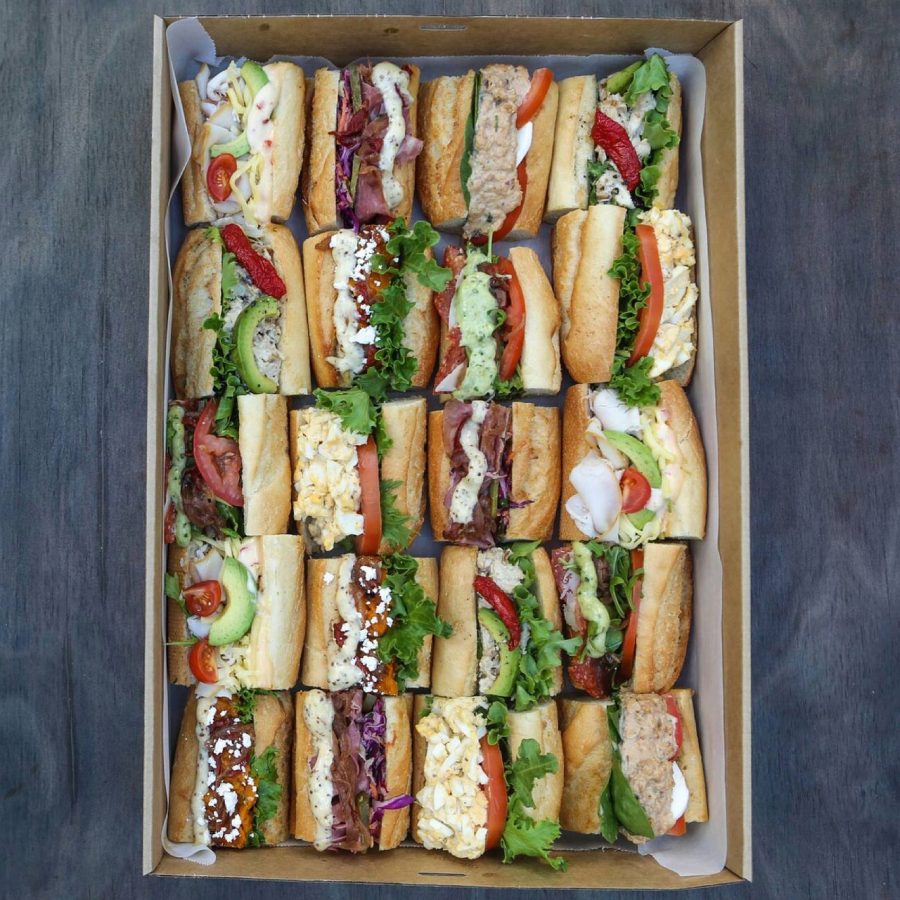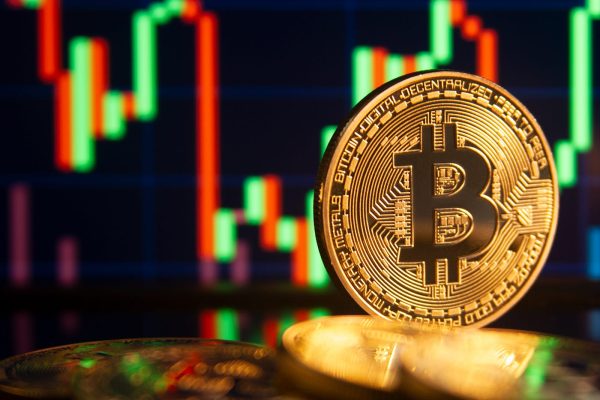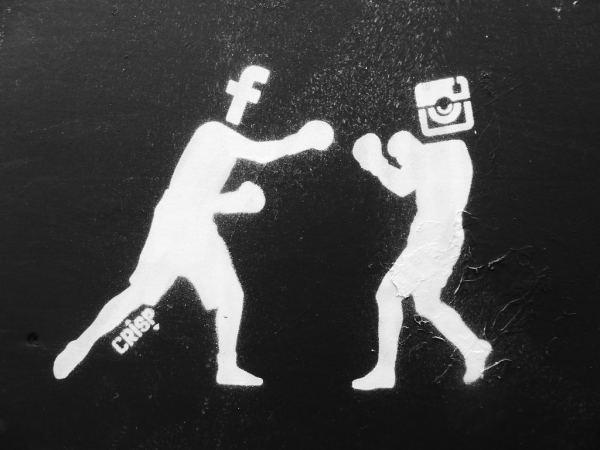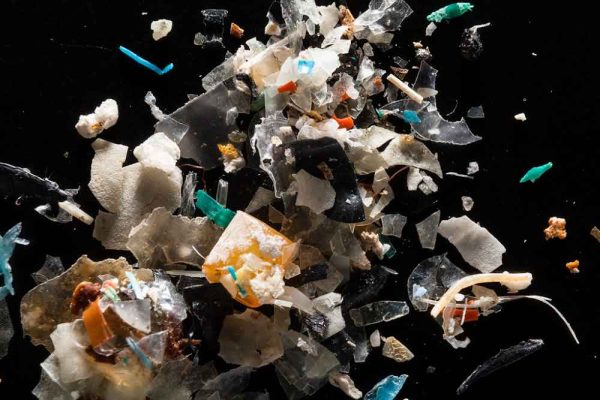The evolution of food
Food. We can all enjoy food and its many tastes and degrees of flavor. It keeps us alive, and no matter if you like your food hot or cold, crunchy or smooth like the internet, there is something for everyone.
But how have we reached this point in history where there is such a thing called food technology in which we find better ways to improve our ways in food with technology?
How did we get so far in cooking cuisine from the first fire to now? Well, this article should give you the information that you’re now craving for, and maybe you will learn more about the ways our ancestors ate food.
Since the first fire, there have been studies that have shown that 400,000 years ago, the ashes of cooked meat and plants tell us what we did to get decent food. This is shown to us in the image above that illustrates what it was like.
If we look centuries later we learn that from an article, “Scores of Roman food preparations were passed down in the ancient cookbook colloquially known as Apicius, one of the earliest cookbooks in recorded history. The book was named after the famous Roman merchant and epicurer Marcus Gavius Apicius, who lived during the reign of Tiberius (14–37 BCE). Not only did Apicius go to great lengths to find good ingredients—for instance, he reportedly once sailed all the way to Libya to eat some supposedly great prawns.”
Cultural food is a wide topic in which there are many cultural foods across different people of different races and cultures dating back to 6570-4530 BCE. Some are more commonly known as food delicacies. Food delicacies are part of the cultural type of food genres. Food delicacies are cultural food that people back then would do weird things to the food that might make the food bad. These delicacies are named because of people that still make this food today which can be healthier than the processed food we have and usually eat. One example of a food delicacy is that in Sardinia, Italy on holidays they like to ferment cheese in a dead baby goat to eat. As quoted by Ms. Brown, “Cultural food in different cultures and their traditional diets can be healthier than the processed foods that we have now, I mean some delicates that are not good for the environment or not good for people, but on the whole traditional food is usually better for the environment and for people’s health.”
As centuries go by, scientists still look into the past and we can see the progression of our cooking as civilization evolved time and time again. As quoted from this article, “Cooking is as old as civilization itself, and observers have perceived it as both an art and a science. Its history sheds light on the very origins of human settlement, and its variety and traditions reflect unique social, cultural, and environmental influences. The following article traces the evolution of cooking to the advent of national cuisines.”
The technology that we use today has helped us a lot with an increased population which leads to people that need a lot of food. With information from Ms. Brown, “we can assure you that things like cows or chicken would most likely not go extinct from overpopulation because of the science that we work with like artificial growing some trees or plants and genetic engineering to create meat to taste like it was from a cow when actually it’s made from plants. But even so, that doesn’t mean we shouldn’t care about our environment and our ecosystem.”
As spoken by iSchool science teacher Dr. Justus, “Any part of the food chain that’s impacted can become problematic, pollution can lead to something called biomagnification where most of the food chain basically start containing glutens which gets concentrated into the next part of the food chain which get more concentrated into the next and since we are the top of the food chain we would get hit with the effects more.”
When thinking about current-day cuisine, good healthy food can be hard to get as things like an apple can sometimes cost more than fries and a burger at McDonalds. Places around the world consist of a lot of people that are starving and all they might be able to afford would be junk food. When interviewing my twin brother, Nathaniel, telling him this information made him disappointed as he said, “People could be poor or homeless and then they happen to find 5 dollars to finally eat. But the only things they get are fries and some water at a fast food place or a convenience store. That isn’t ok for anyone and they need to be able to replace those fries with at least an apple or something that will help their body.”
One major piece of food machinery that is going to be highly useful in the coming age is 3D printing our food. Many articles do state how, “Three-dimensional food printing technology can be applied to various food ranges based on the advantages of designing existing food to suit one’s taste and purpose.” or how many different countries around the world can “produce various 3D food printers, developing special foods such as combat food, space food, restaurants, floating food, and elderly food.”
As we progress in food technology, we are making more advancements but at the same time we have to do our best to limit the bad things we do to our food and ecosystem. From great food to weird food, many people have developed their own tastes for food, and people of the next generation will soon get theirs. As quoted from this article, “Cooking is as old as civilization itself, and observers have perceived it as both an art and a science. Its history sheds light on the very origins of human settlement, and its variety and traditions reflect unique social, cultural, and environmental influences.”







